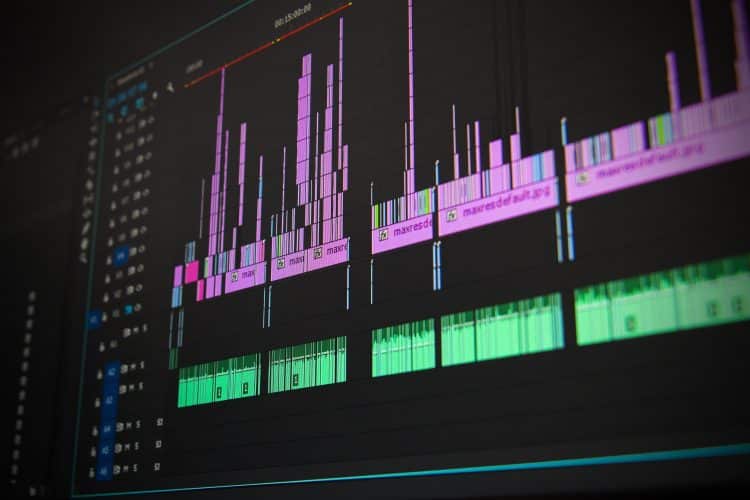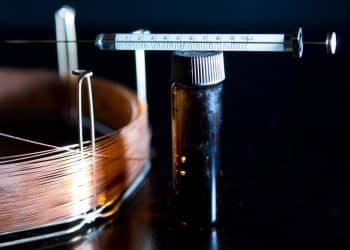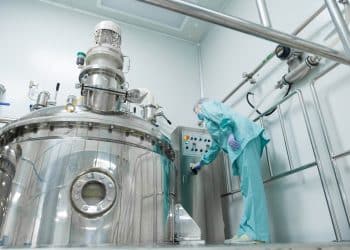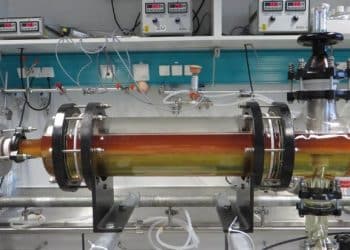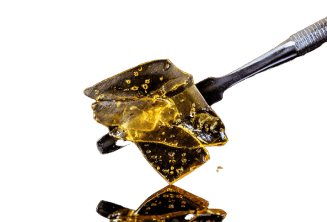When it comes to producing hashish, there’s more than one way to get the fine results you’re looking for. The underlying requirement for producing this type of concentrate is an agitation of the source material, which causes the trichomes (resin-filled glands) to break loose from the flowers.
Current popular methods of agitation include shaking, vibrating, and tumbling. Bubble hash using ice water agitation is also common. However, more novel ways, such as agitation using sound waves, are beginning to gain popularity. [1]
What Is Hashish Concentrate?
Hashish, often referred to in the cannabis world as “hash,” is a concentrated cannabis product derived from the resin glands (trichomes) of the cannabis plant.
To make hash, a cannabis grower will harvest mature cannabis flowers and separate the resin-rich trichomes from the other cannabis plant material. The extracted resin is then compressed into various forms, such as balls, bricks, or cakes, creating hashish.
The reason cannabis users or sellers want to create hashish is that it is a potent concentrate that contains a much higher concentration of cannabinoids, such as tetrahydrocannabinol (THC) and cannabidiol (CBD). Individuals consume hashish by smoking, vaporizing, or adding it to edibles.
In recent years, many popular extraction methods have been used to make hashish, but in this context ultrasonic waves are gaining popularity.
Ultrasonic wave extraction improves the diffusion process by causing the cell walls rupture and the following release of desired compounds by accelerating the mass transfer within the cannabis plant’s materials and the solvent medium. [2]
It should be noticed that an extract obtained through ultrasonic bath will most likely represent the real phytochemical profile of a particular strain, due to improved extraction of all cannabis constituents.
Ultrasonic waves produced by an ultrasonicator are a reliable method to improve extraction efficiency and reduce the extraction time. Through this method it is possible to obtain a more bioavailable extract compared to other techniques, preserving the delicate molecules and also thermolabile compounds. In addition to that, ultrasonic-assisted extraction helps limit the amount of solvent used, requires less energy compared to other methods and it is capable of efficiently extracting tough plant matter such as roots, bark and seeds.
It should be noticed that this method can be easily scaled-up making it a promising alternative when it comes to cannabis processing and extraction on an industrial scale.
Using Ultrasonic-Assisted Extraction To Extract Cannabis Concentrates
Sound waves at various frequencies and energy levels can be used for extraction. Ultrasonic waves, typically in the range of frequencies between 16 kHz to 100 kHz, are the most common and effective for cannabis when making hashish.
When it comes to cannabis, ultrasonic-assisted extraction can be used to extract cannabinoids, terpenes, and other valuable compounds. For example:
- Cannabinoid extracts: Ultrasonic-assisted extraction can be used to produce high-potency cannabinoid extracts. These extracts can be further processed into various forms such as oils, tinctures, and edibles.
- Terpene extracts: Terpenes are aromatic compounds that contribute to this plant’s unique flavors and aromas. Ultrasonic-assisted extraction can be used to extract terpenes, which are often used to produce cannabis concentrates and vape cartridges to enhance flavor.
- Isolates: Ultrasonic sound waves extraction can be used to isolate specific cannabinoids from the cannabis plant material.
It’s important to note that while ultrasonic extraction is a promising extraction method, the quality and purity of the final concentrate depend on various factors, including the equipment used, extraction parameters, and the cannabis material’s quality.
Wrap-Up On Making Hashish Using Ultrasonic Waves
During ultrasonic-assisted extraction the plant’s terpene and cannabinoid profiles are well-preserved, and harsh solvents are not required, resulting in full-spectrum products that capture the characteristics of the plants from where they came.
References:
- Lazarjani, M. P., Young, O., Kebede, L., & Seyfoddin, A. (2021, July 19). Processing and extraction methods of medicinal cannabis: A narrative review – journal of cannabis research. BioMed Central. https://jcannabisresearch.biomedcentral.com/articles/10.1186/s42238-021-00087-9
- Ultrasonic cannabis extraction – sonics & materials, inc.. (n.d.-b). https://www.sonics.com/site/assets/files/2962/ultrasonic-cannabis-extraction.pdf
